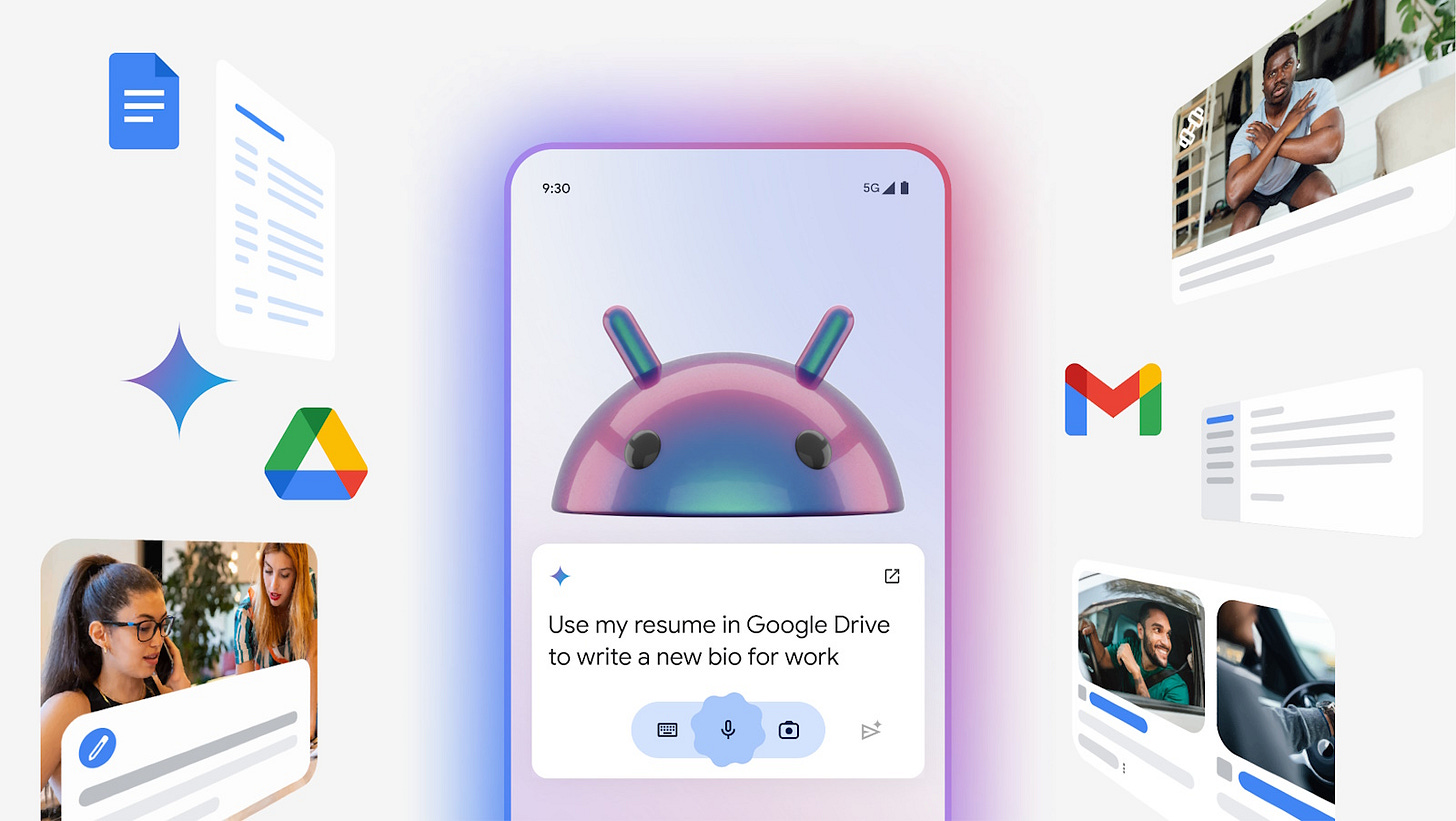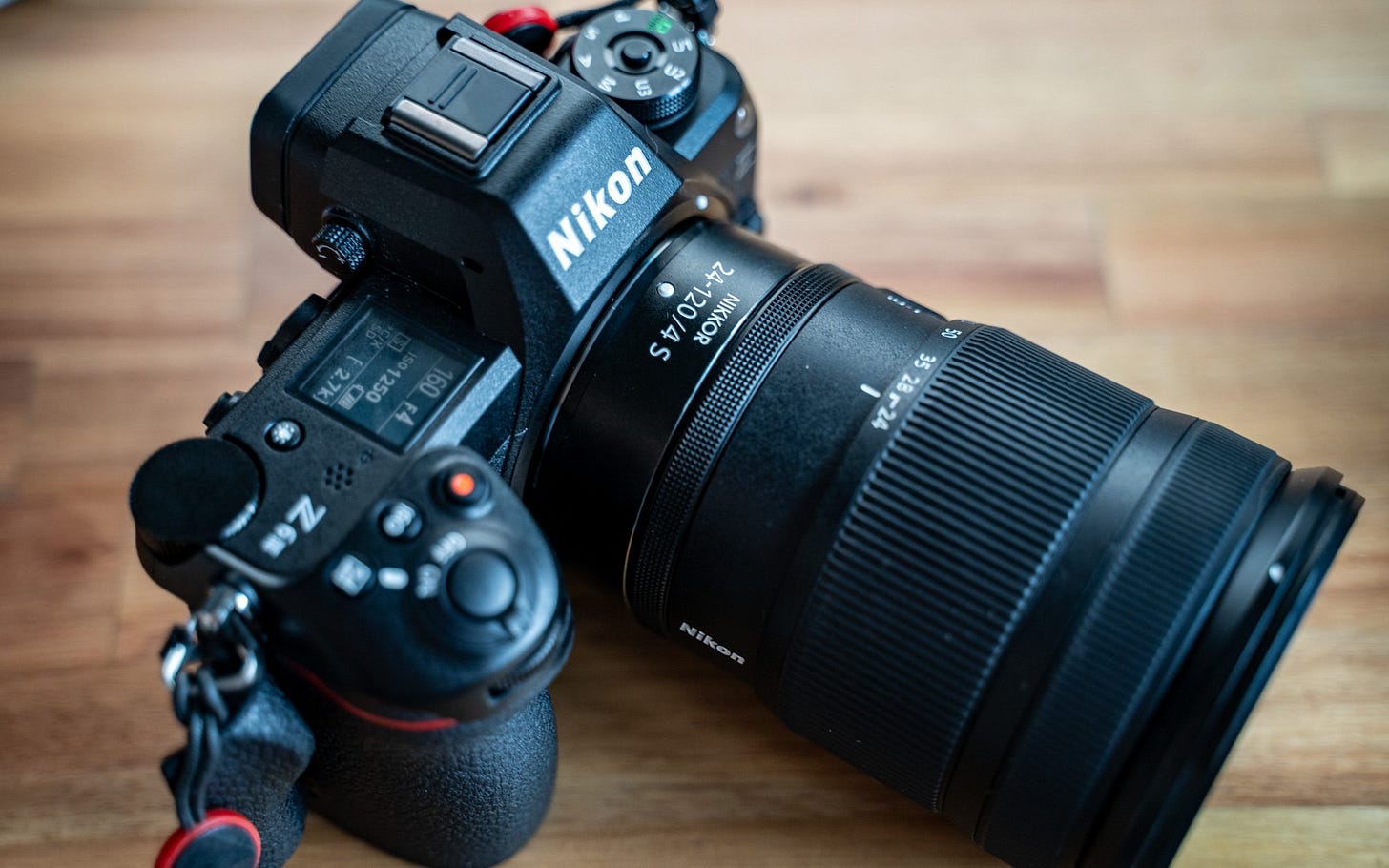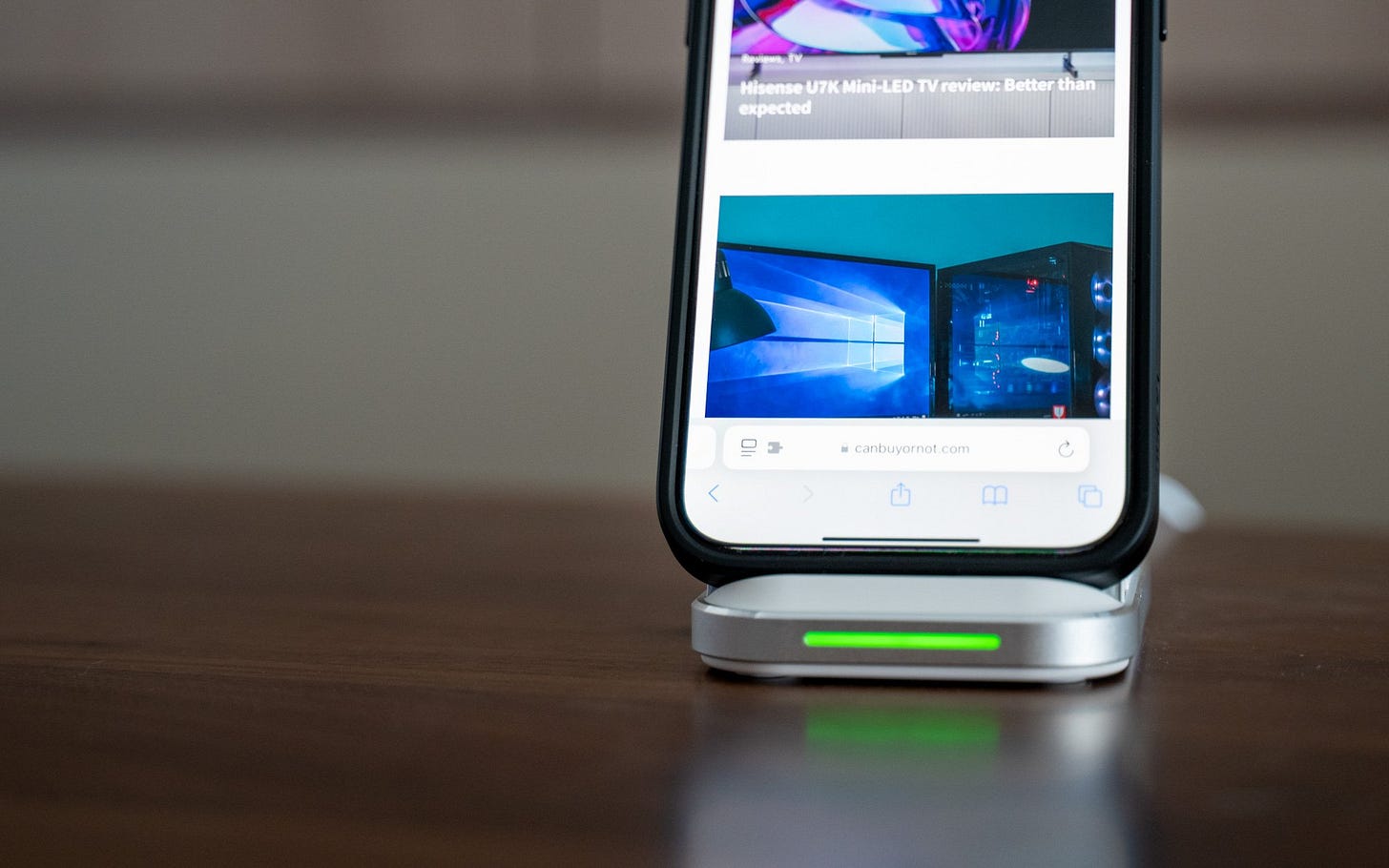Hands-on with Gemini
Google's latest AI assistant has promising moments, but far from finished product
As an avid sci-fi reader, reality is often more mundane than fiction. From Asimov’s robot servants to Neal Stephenson’s metaverse, we have only managed to create pale approximations of these ideas. However, it seems that we’re inching closer to the AI depicted in the 2014 movie Her, thanks to recent advances in artificial intelligence.
Take Google’s Gemini AI assistant, which feels light years ahead of the older Google Assistant when it comes to life-like, natural interactions. The mobile conversational version — Gemini Live — can tell you stories, jokes, play games, and more. It changes topics when interrupted without dropping a beat. It’s very chatty, and there are 10 voices, including one with a British accent, to choose from. I can imagine myself talking with it on the go when Gemini Live makes it way into the new Google Pixel Buds 2.
And that’s just the start. Google has already demonstrated a version that use a smartphone’s camera to view the world around it. Currently, you can take a photo with your phone, and Gemini can use that for a variety of tasks, from solving a maths problem to giving movie recommendations and recipe ideas. The latter, though, can be hit and miss, especially if you ask it for recipe ideas based on the contents of your fridge. I can’t be the only one who got a blueberry and pesto omelette recipe.
But even with the most capable Gemini Advanced, the answers are not always appropriate or correct. For example, the AI assistant hallucinated that I had Dune on my bookshelf — from the photo I gave it — and suggested books related to that. This tendency for AI to make stuff up and deliver misinformation with complete confidence is a critical problem that tech firms need to tackle. It’s not unique to Gemini — other AI chatbots face the same challenge.
Other minor stuff that soured my interaction with Gemini: Gemini Live would sometimes lower the volume of its voice. I initially attributed this to an issue with my internet connection. It turns out Gemini Live does this when it detects someone could be talking. While Google may intend for Gemini to eventually replace the Google Assistant, the former is currently unable to do some of the things that the Google Assistant could. Instead, the Google Assistant is still the one doing tasks like setting alarms and controlling your smart home devices.
But it’s a good start for AI chatbots like Gemini and ChatGPT. It’s not a stretch to imagine that with these competing AI systems pushing each other, the young lady’s primer in Stephenson’s The Diamond Age — a smart interactive AI-powered book that acts as a tutor for a child — will be a reality in my lifetime.
Gemini is available for Android and iOS. Gemini Live is only available to Android users (iOS support to come later) with Gemini Advanced, which requires a Google One AI Premium subscription.
This week, we tested the Asus Zenbook S 16, an AMD AI PC that’s one of the few Copilot+ laptops available now. We were also impressed by the Nikon Z6III full-frame camera, especially the fast autofocus. Meanwhile, the Acefast E15, while affordable, offers rather middling charging speeds. Check them out below:
It’s not just Intel or Qualcomm. AMD, too, has AI-ready chips for Windows laptops, including the new Asus Zenbook S 16 (S$2,549). While most of the AI features aren’t available yet till later this year, this premium ultrabook offers excellent battery life, and competitive performance in a sleek, lightweight package.
Looking to take the next step in your photography journey? The Nikon Z6III (S$3,899 for body only) is a solid mid-range full-frame camera that can take really good photos. It also has a brilliant electronic view finder (EVF), as well as intuitive controls and a quick autofocus that’s up to 20% faster than the previous model. Definitely a solid alternative to the Sony A7 IV and the Canon EOS R6 II.
The Acefast E15 is a S$41 budget desktop charger for your iPhone. It can also charge your Apple Watch and AirPods at the same time. However, the base isn’t the most stable, so the charger can feel a tad shaky. Charging speeds are also rather middling, with phone charging at 15W. Meanwhile, the Apple Watch is limited to 2.5W, and the AirPods charging pad has a max of 5W.





